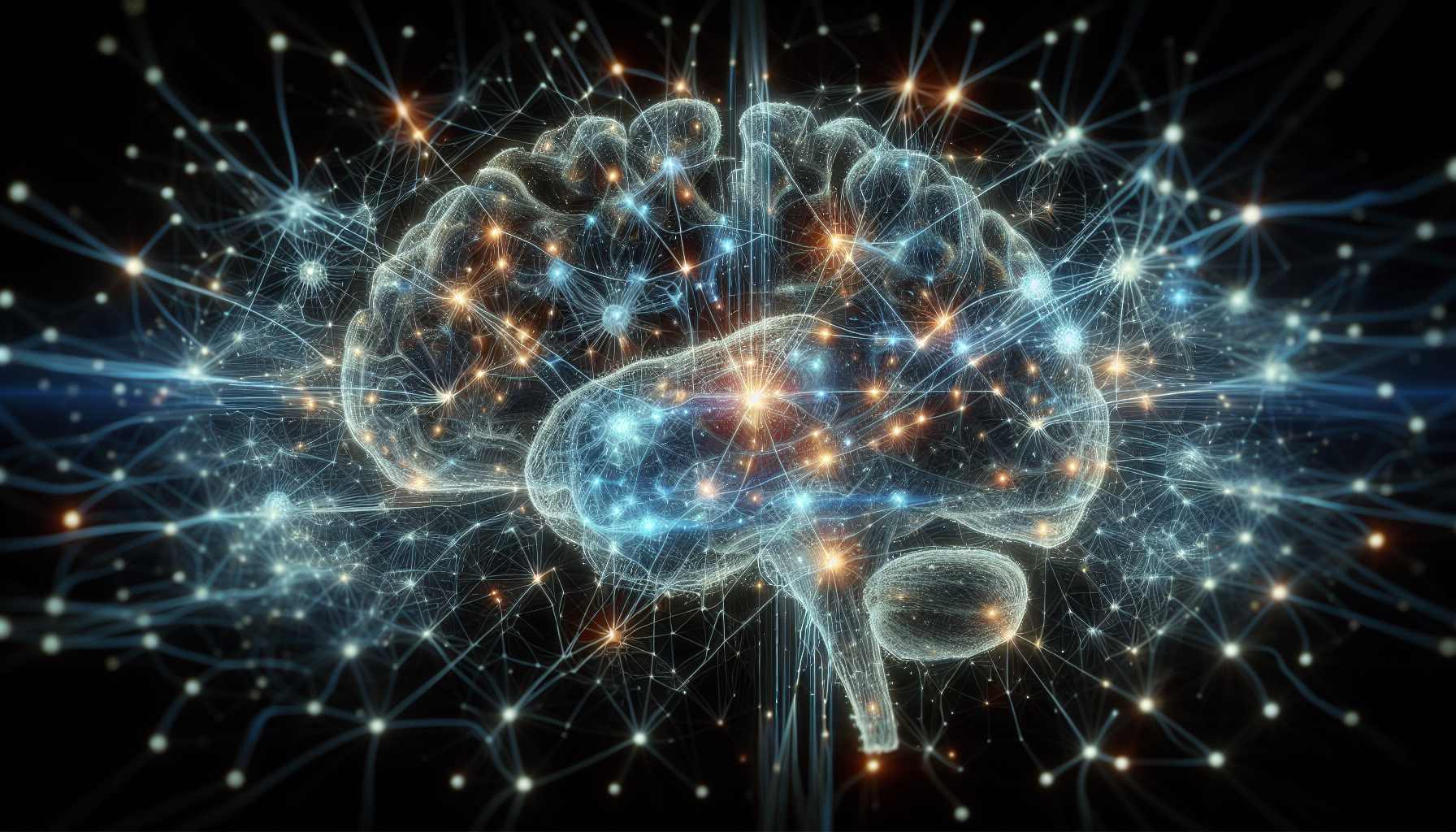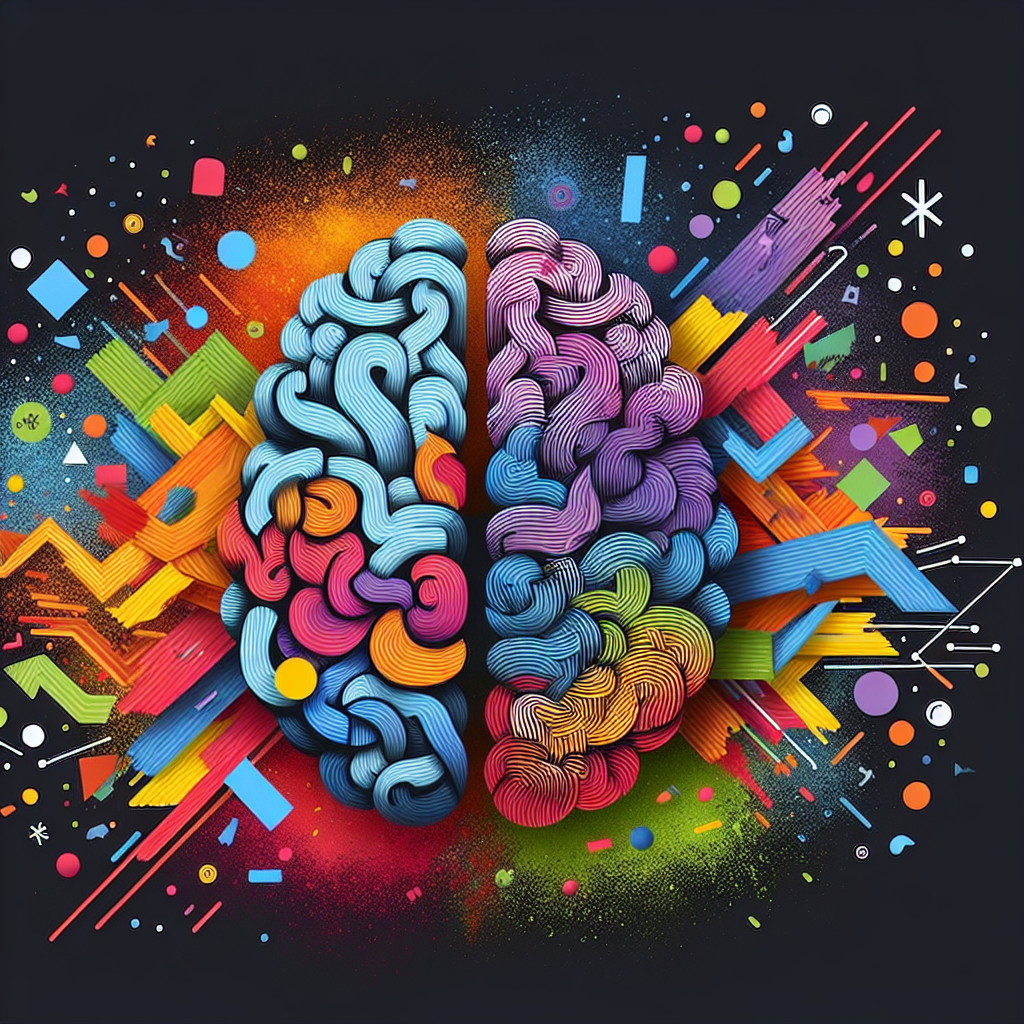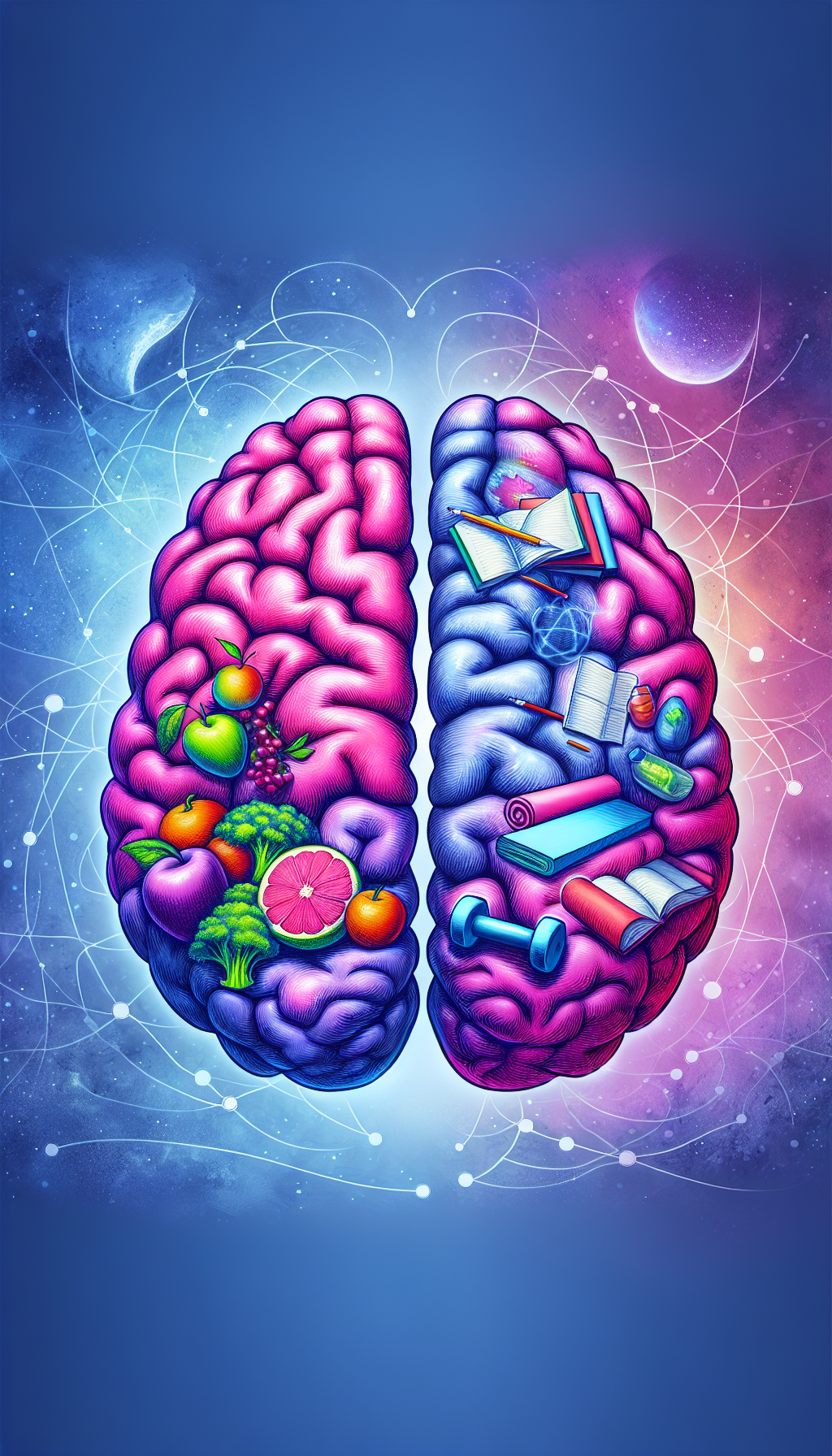In our fast-paced, technologically-driven world, hyperconnectivity is a term that has become increasingly relevant. It refers to the state of being constantly connected to devices and networks, such as smartphones, computers, and social media platforms. While this digital age offers numerous benefits, it also raises concerns regarding its impact on our most vital organ: the brain. In this comprehensive exploration, we delve into the cognitive implications of living in an interconnected world, where the lines between the physical and digital realms are continuously blurred.
The Brain in the Digital Era
The human brain is remarkably adaptable, capable of forming new neural connections throughout life through a process known as neuroplasticity. This adaptability is both a boon and a bane in the age of hyperconnectivity. On one hand, the constant stream of information and stimuli can enhance cognitive skills such as multitasking and data processing. On the other hand, it can lead to cognitive overload, diminished attention spans, and impaired social skills.
A study on the effects of social media on brain function illustrates this dichotomy. While social media can foster community building and information sharing, excessive use has been linked to increased feelings of loneliness and anxiety, highlighting the complex relationship between digital connectivity and mental health.
The Hyperconnected Brain: Benefits and Pitfalls
Cognitive Enhancement
One of the positive effects of hyperconnectivity is the potential for cognitive enhancement. Digital tools and platforms can provide personalized learning experiences and access to a vast array of knowledge. This continuous learning environment can stimulate the brain, enhancing functions such as memory, problem-solving, and creativity. For a deeper understanding of how digital tools can aid cognitive improvement, consider reading about The Benefits of Brain Training Games for Cognitive Enhancement.
Mental Overload and Distraction
However, with the benefits come the drawbacks. The incessant notifications and the habit of constantly checking devices can lead to mental overload and increased distractibility. The brain’s prefrontal cortex, responsible for executive functions like focus and decision-making, can become overwhelmed, leading to a state often referred to as "brain fog." For strategies to combat this, "Combating Brain Fog Through Diet and Lifestyle" provides practical advice.
Social Connectivity vs. Social Skills
The paradox of hyperconnectivity is that while it can increase social connectivity, it may erode actual social skills. Virtual interactions can lack the nuances of face-to-face communication, potentially impacting empathy, emotional intelligence, and the ability to read social cues. To explore the effects of virtual communication on mental health, How Social Media Affects Brain Function and Mental Health is an essential read.
The Neuroscience of Hyperconnectivity
To truly grasp the effects of hyperconnectivity, it’s crucial to understand the underlying neuroscience. The brain’s reward system, particularly the release of dopamine, plays a significant role in our interaction with digital devices. The intermittent rewards from social media likes, messages, or new information create a feedback loop that can be addictive, reinforcing the need to stay connected.
Furthermore, hyperconnectivity can affect the brain’s structure. Research has shown that heavy internet users may experience changes in areas responsible for attention and control, which could translate to real-world implications such as reduced attention span and impulsivity.
Navigating Hyperconnectivity for Optimal Brain Health
Given the pervasive nature of hyperconnectivity, it’s essential to navigate it wisely to maintain optimal brain health. Here are several strategies:
Mindful Use of Technology
Implementing mindful practices around technology use can mitigate negative effects. This includes setting specific times to check emails or social media, using apps that track screen time, and creating tech-free zones or periods.
Prioritizing Face-to-Face Interactions
Despite the convenience of digital communication, prioritizing face-to-face interactions is vital for maintaining social skills and emotional well-being. In-person conversations engage different brain areas than virtual ones and are crucial for developing empathy and deepening relationships.
Engaging in Brain-Healthy Activities
To counteract potential drawbacks of hyperconnectivity, engaging in brain-healthy activities is key. This includes exercise, which has been shown to promote mental clarity and focus, as outlined in How Physical Exercise Promotes Mental Clarity and Focus. Additionally, incorporating brain-healthy foods, hydration, and sufficient sleep into your lifestyle supports cognitive function.
Looking Ahead: The Future of Our Hyperconnected Brains
As technology continues to evolve, so too will the ways in which it affects our brains. It’s important for ongoing research to keep pace with these changes, providing insights into how we can leverage the benefits of hyperconnectivity while minimizing its risks.
In conclusion, understanding the effects of hyperconnectivity on the brain is a multifaceted endeavor. It requires a balance between embracing the advantages of our interconnected world and being aware of its potential to affect our cognitive and mental health. By adopting mindful habits and incorporating brain-healthy practices, we can navigate the digital landscape in a way that supports our overall well-being.
For those interested in furthering their knowledge on brain health, Avix Health offers a comprehensive resource that delves into various aspects of maintaining a healthy brain at Brain Health. Additionally, exploring niche and specific resources such as The Neuroscience of Internet Addiction can provide deeper insights into the neurological implications of our digital habits. Remember, taking proactive steps towards managing our digital consumption can lead to a healthier, more balanced life.



